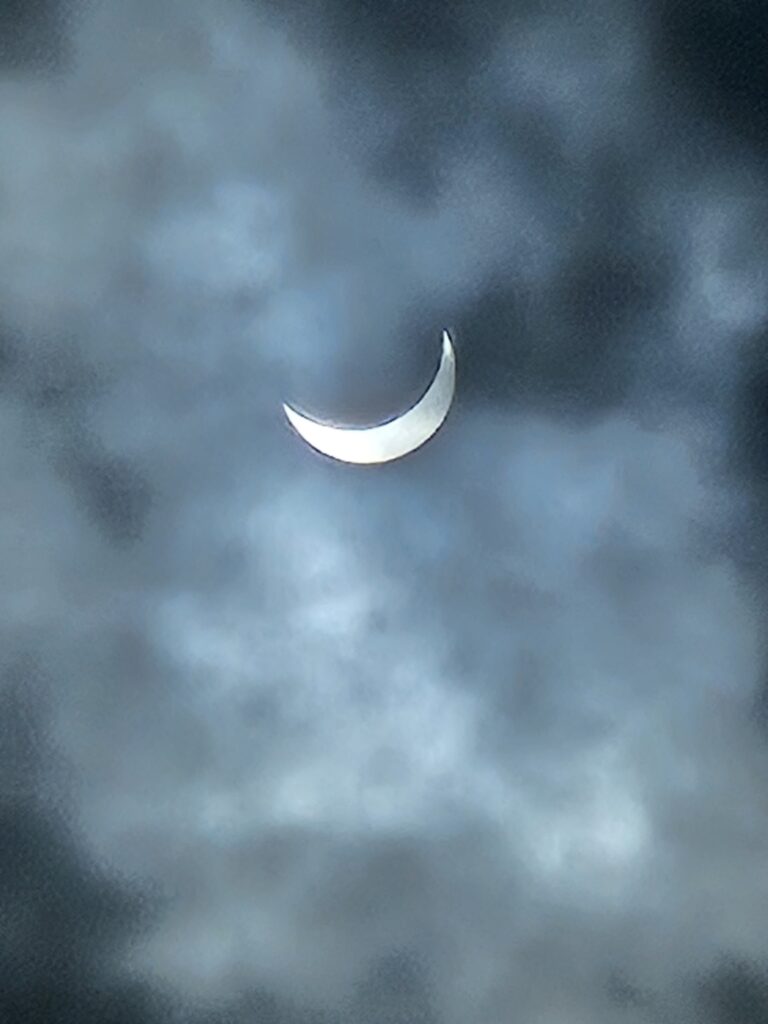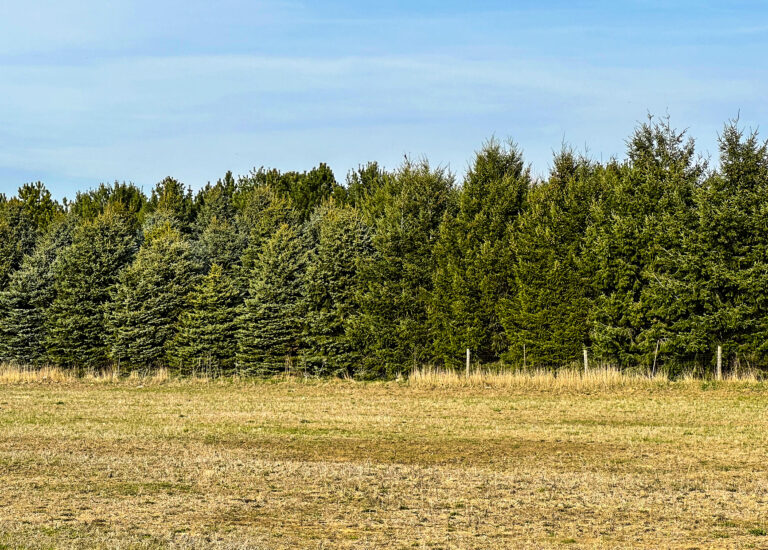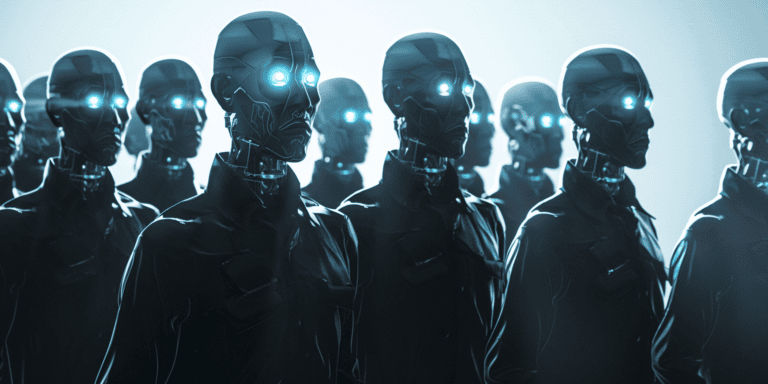Dr. William Brown is a professor of neurology at McMaster University and co-founder of the Infohealth series at the Niagara-on-the-Lake Public Library.
Dr. William Brown
Special to The Lake Report
A new lecture series on science begins at the NOTL Public Library on Sept. 16.
All parts of the six-week program will be broadcast online via Zoom.
This series focuses on the most productive period in the history of science with the possible exception of Wallace’s and Darwin’s revolutionary work on evolution in the mid-1800s.
Our understanding of the universe dramatically changed in the three decades following 1900. From a universe with but one galaxy – the Milky Way and an unchanging galaxy at that – by 1929 we learned the universe turned out to harbour at least 40 other galaxies.
New estimates suggest that there could be trillions more, some much larger than our own, to which findings, astronomers recently discovered several small satellite galaxies very close to the Milky Way and a large part of our own galaxy, hitherto hidden from view.
If that were not enough drama in the 1920s, Erwin Hubble found that most of the newly discovered galaxies were moving away from each another and the farther away they were from Earth, the faster they were moving.
This led to the obvious hypothesis that if the universe was expanding, there must have been a time in the past when the universe was much smaller and dense from which the universe sprang the Big Bang, a hypothesis for which there is now overwhelming evidence.
And so it was for the first revolution in our view of the universe. It was also a time when we learned that Earth wasn’t at the centre of the Milky Way and in later years, learned that the Milky Way wasn’t anywhere near the center of the universe. All very humbling.
At the opposite side of the size spectrum there was another revolution underway. As late as 1900, Max Planck a leading physicist of his day and by nature conservative, was reluctant as were many other physicists of his time, to embrace the whole concept of the atom and the notion that energy might come in packets – later known as quanta.
However, late in 1900, Planck’s studies of blackbody radiation forced him to conclude that energy did indeed come in packets, although he soft-pedalled the whole notion with his colleagues.
It was left to Albert Einstein in 1905, this time with no reluctance, to show that atoms actually existed and light and, generalizing from light, energy, could be quantal in nature.
Planck and Einstein, widely different in backgrounds and styles, became close colleagues and friends, and together, the fathers of quantum physics. In the next three decades the structure of the atom was revealed – the nucleus by Rutherford and later his colleague Chadwick, and the orbiting electrons by Bohr, Heisenberg, de Broglie, Schrodinger, Born and Dirac.
In the midst of those revolutions, Einstein upended Isaac Newton’s view of a universe in which time was constant, to a universe where time was relative to speed.
Ten years later time and space were linked in four dimensions shaped by mass in Einstein’s grand hypothesis, “General Relativity.” From his equations came the notion that black holes might exist, some of which much later in the century turned out to be millions, billions and even trillions of times more massive than our sun.
The two discoveries, that the universe was very much larger and expanding and the revelation of an entirely different tiny atomic and subatomic universe, which played to the tune of different laws, didn't only change physics and astronomy. They also influenced art and how we see ourselves as a species in a far larger and mysterious landscape than anyone imagined in 1900.
The six-week series begins on Sept. 16 at 11a.m. on Zoom.
Week 1 starts with, “In the Beginning,” an overall view of what happened between 1900 and 1930. Week 2, highlights the theme, “The Expanding Universe,” Week 3, “The Quantum with Planck and Einstein,” Week 4, “The Atom with the Curies, Rutherford, Bohr and others,” Week 5, “The Great Debate – Bohr and Einstein” and “Relativity,” and finally Week 6, “Wrapping up: Art, Science, Religion and Everyday life.”
You will need to register through the library’s website, notlpubliclibrary.org beginning Sept. 7, to access the Zoom programs. This program is followed by the six-week series on the 2020 Nobel prizes, to which David Elkins and Valmai Elkins make very important contributions.
For 2021, six-week programs include, “The Human Brain” and “Art and Science.” The latter program will be co-led with Penny-Lynn Cookson, familiar to many through her art programs at the RiverBrink art museum and most recently the Pumphouse.



.jpg)






